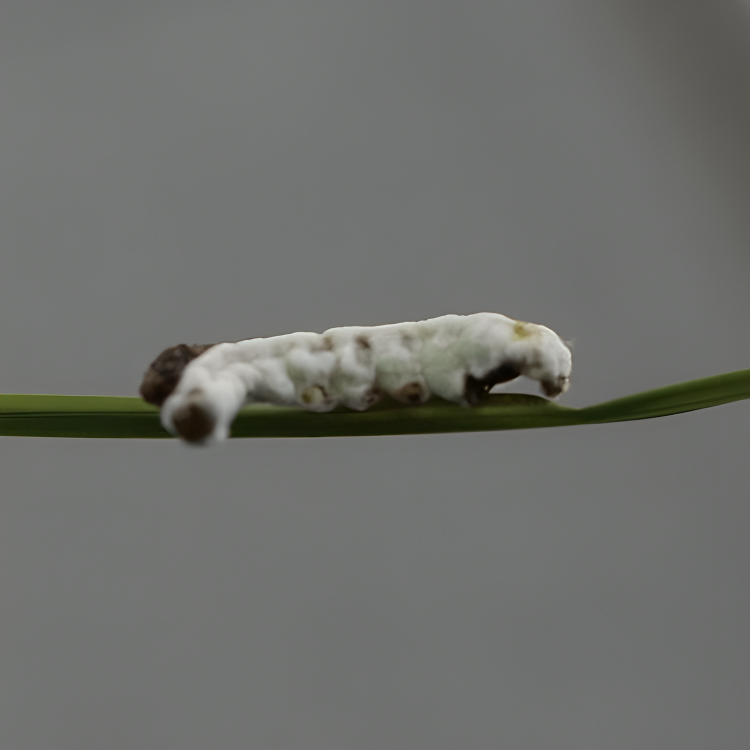
Philippine Rice Research Institute (PhilRice) researchers have identified nine strains of naturally occurring fungi that could help farmers against fall armyworms (FAW), a new pest posing a threat to rice crops in Luzon.
Evelyn M. Valdez, PhilRice crop protection expert, reported that the fungal organisms, known as entomopathogens, were found infecting FAW larvae in the wild. Early tests suggest they could serve as biological control agents (BCAs) or living organisms that suppress pests.
Fall armyworm larvae inflict damage by feeding on the leaves of young rice plants, leading to significant tissue loss. This can result in seedlings being destroyed down to the soil, severely reducing the number of surviving plants.
“These fungi are a game-changer for FAW. They’re natural, support good farming, reduce chemicals, and give farmers a solution,” Valdez said.
The findings are part of the second phase of PhilRice’s FAW research project, launched in April 2023. Scientists have been monitoring pest-infested areas in Cagayan, Nueva Ecija, and Mountain Province, collecting larvae infected with fungi from the field. These isolates are then tested through bioassays to determine which strains are most effective in suppressing the pest.
Once the most promising strains are identified, they will be sent for molecular analysis in collaboration with the Centre for Agriculture and Bioscience International (CABI) to confirm their identities and understand their full potential as biocontrol agents.
The fall armyworm—first detected in the Philippines in 2019—has become an increasingly disruptive pest, spreading beyond its early targets like corn and beginning to affect rice fields. The first rice-related damage was recorded in 2021 in Gonzaga, Cagayan.
Since then, infestations have been recurring in Santa Ana and Gonzaga in Cagayan, and more recently in San Jose City and the Science City of Muñoz, Nueva Ecija. These developments have prompted urgent efforts to find pest management strategies that are both effective and farmer-friendly.
“The seedling stage is when FAW infestations are most likely to occur. Farmers should regularly check their fields and immediately report any signs of infestation to their local agricultural office, RCPC, or PhilRice. Acting early can make all the difference,” Valdez said.
PhilRice researchers are also studying the ecology and movement of FAW to design location-specific pest management strategies that farmers can easily adopt.
Partnerships with the DA-Regional Crop Protection Centers (RCPCs) also facilitate frequent monitoring and provide farmers timely guidance.




